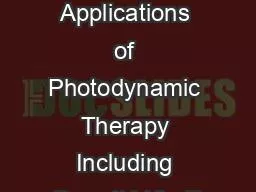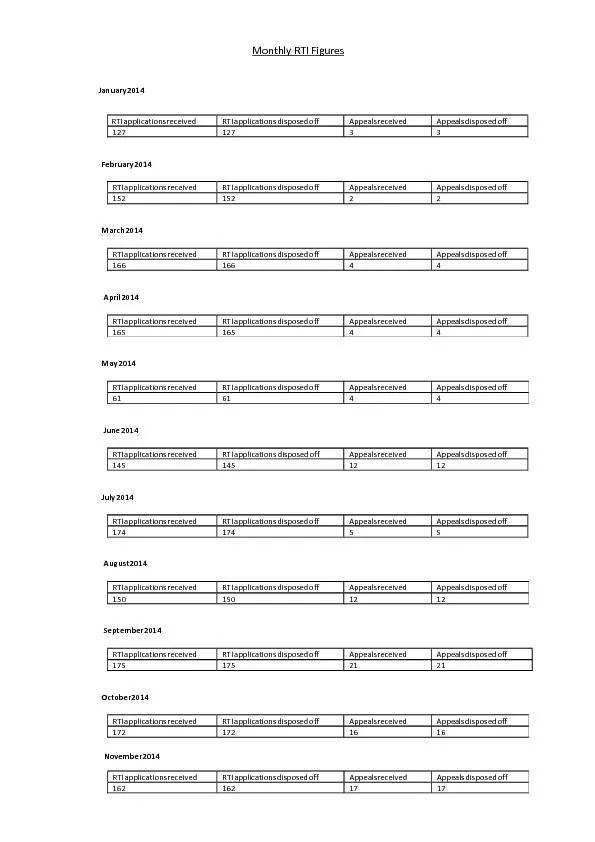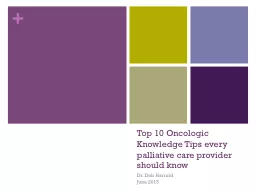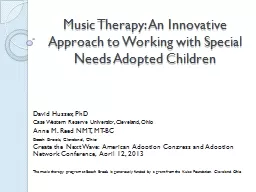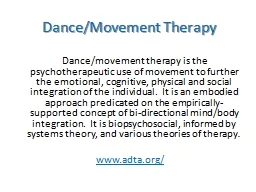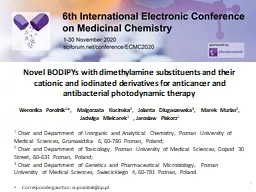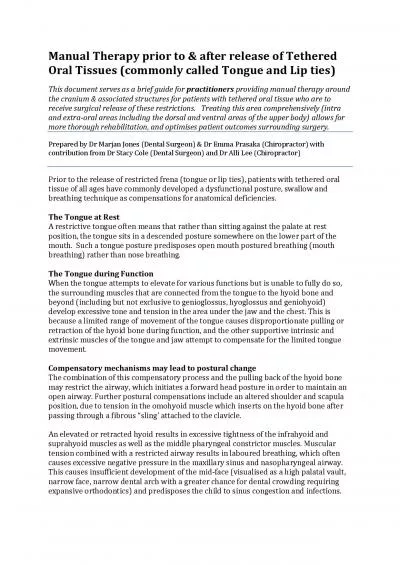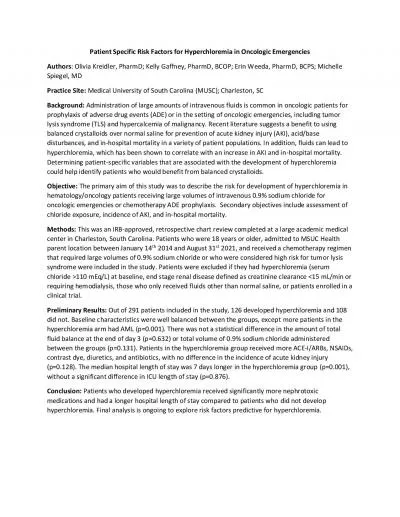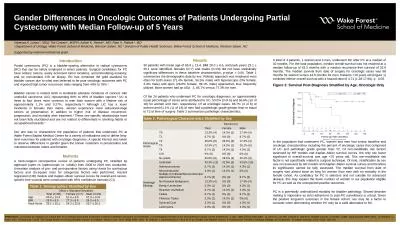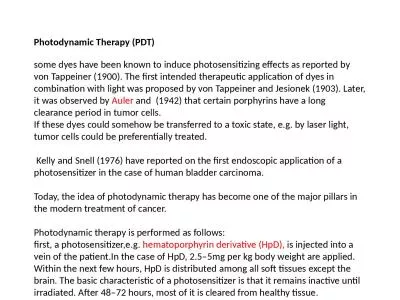PDF-Oncologic Applications of Photodynamic Therapy Including Barrett146s E
Author : belinda | Published Date : 2021-09-29
Policy Number80106Last Review2021Origination62012Next Review62022lue KC has developed medical policies that serve as one of the sets of guidelines forcoverage decisions
Presentation Embed Code
Download Presentation
Download Presentation The PPT/PDF document "Oncologic Applications of Photodynamic T..." is the property of its rightful owner. Permission is granted to download and print the materials on this website for personal, non-commercial use only, and to display it on your personal computer provided you do not modify the materials and that you retain all copyright notices contained in the materials. By downloading content from our website, you accept the terms of this agreement.
Oncologic Applications of Photodynamic Therapy Including Barrett146s E: Transcript
Download Rules Of Document
"Oncologic Applications of Photodynamic Therapy Including Barrett146s E"The content belongs to its owner. You may download and print it for personal use, without modification, and keep all copyright notices. By downloading, you agree to these terms.
Related Documents

